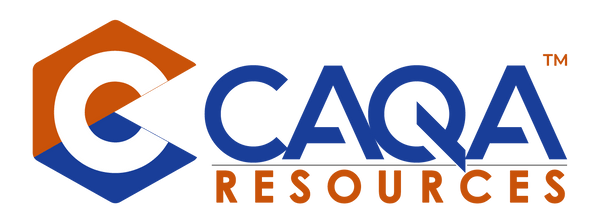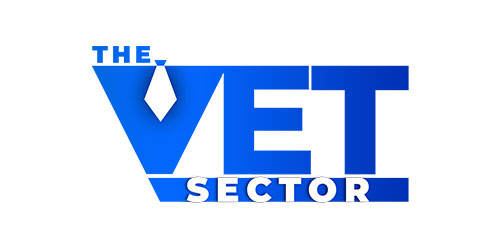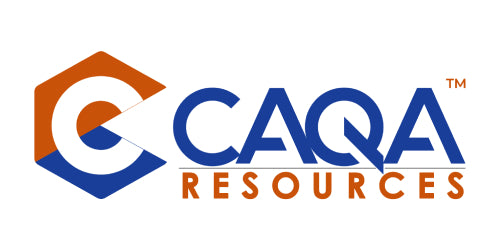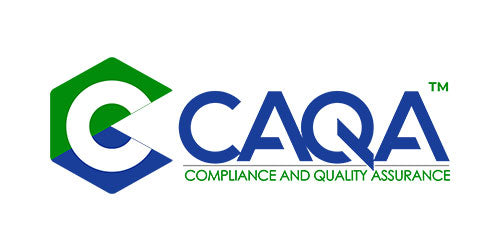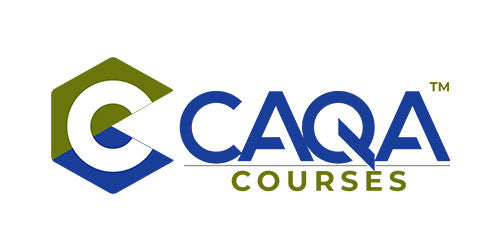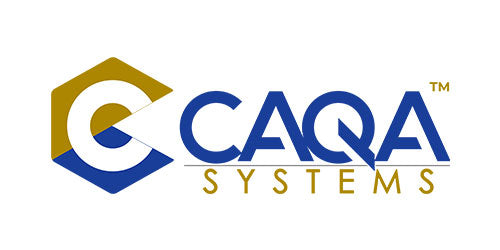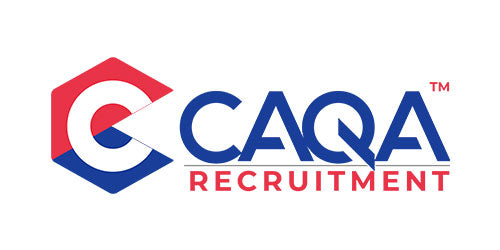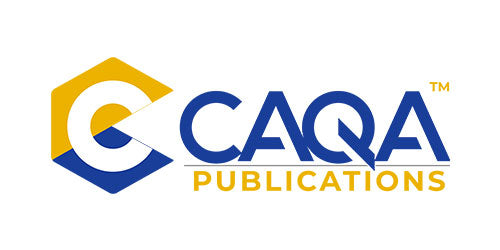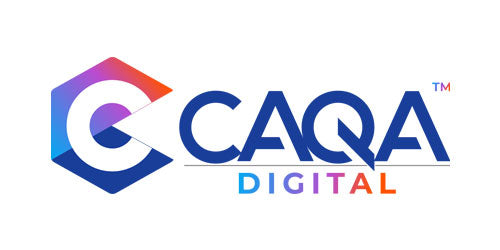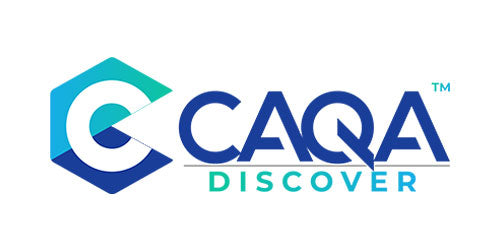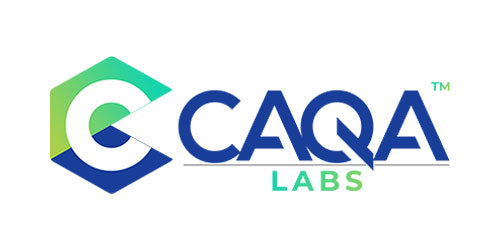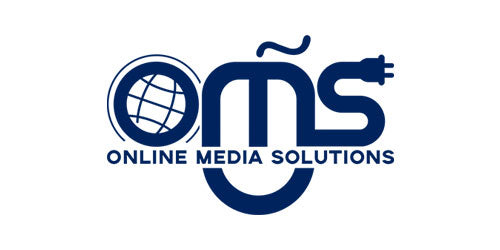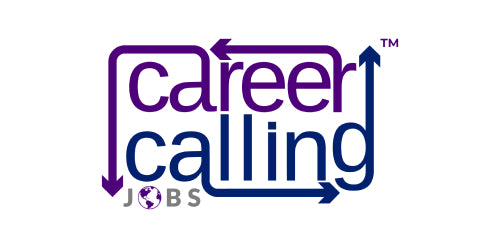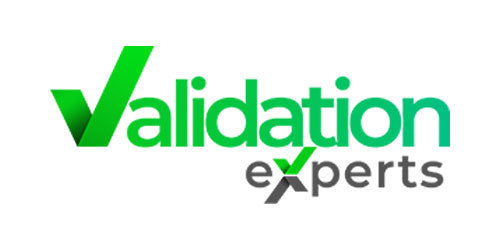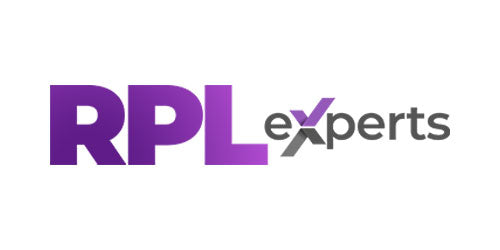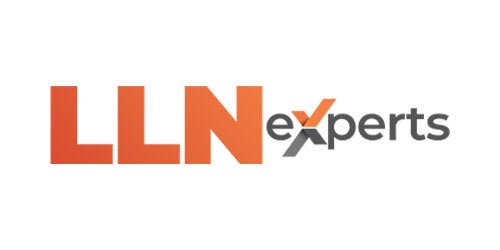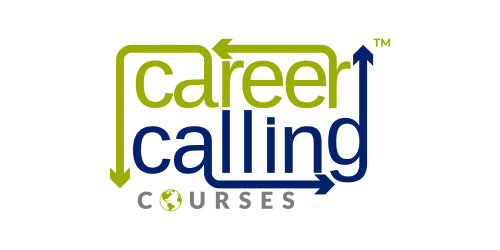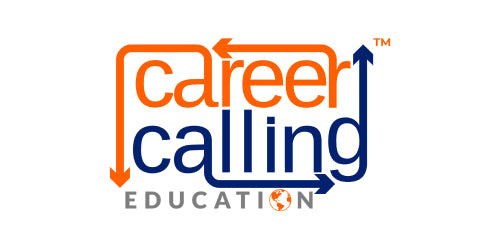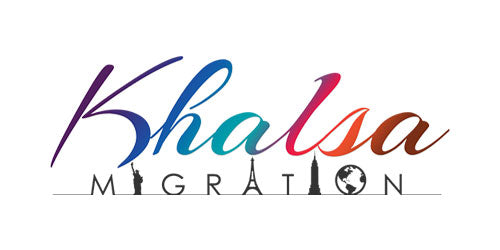As the deadline for the full implementation of the new RTO Standards 2025 draws closer, it’s imperative for Registered Training Organisations (RTOs) to ensure that their assessment practices meet the updated requirements. One critical area to focus on is the review of assessment tools. Division 2 of the new standards, specifically Standard 1.3, places significant emphasis on the review and validation of assessment tools to ensure they are consistent with the training product and meet the principles of assessment and rules of evidence. This article will walk you through the process of reviewing your assessments, aligning them with the new standards, and ensuring compliance with the principles of assessment and rules of evidence outlined in Standard 1.3.
The new RTO Standards 2025 require that RTOs review their assessment tools before they are used to ensure they are fit for purpose and adhere to the principles of assessment and rules of evidence. This review is essential for ensuring that assessments are valid, reliable, flexible, and fair. Validity refers to whether the assessment measures what it is supposed to measure, reliability ensures that the results are consistent, flexibility allows for reasonable adjustments where needed, and fairness ensures that the assessment process is unbiased and equitable. By conducting a thorough review of assessment tools, RTOs can ensure that they meet these standards, which ultimately enhances the quality and credibility of vocational education and training.
Standard 1.3 places the responsibility on RTOs to review their assessment tools before they are used. This means that before any assessment is conducted, RTOs must ensure that their assessment tools are appropriate for the intended purpose and consistent with the requirements of the training product. The process of reviewing assessments should begin with a comprehensive audit of all existing assessment tools. This audit should focus on ensuring that the assessment tools accurately reflect the requirements of the training product and that they measure the competencies and skills that are essential for the learner to succeed in the workplace.
When reviewing your assessments, it is crucial to check that they are aligned with the training product specifications. Each training product has specific competency standards that must be assessed, and RTOs need to ensure that their assessment tools are designed to measure these standards effectively. This alignment ensures that the assessment process remains relevant and reflective of the skills required in the workplace, ensuring that students are being assessed on the right competencies.
In addition to checking for alignment with the training product, RTOs must also ensure that the assessment tools are consistent with the principles of assessment and the rules of evidence, as set out under Standard 1.4. The principles of assessment are critical to ensuring that the assessment process is effective, fair, and reliable. The principles include validity, reliability, flexibility, and fairness, and each of these must be considered when reviewing assessment tools.
Validity is perhaps the most important principle to consider when reviewing your assessments. Validity ensures that the assessment measures what it is supposed to measure. RTOs must ensure that their assessment tools are designed to assess the competencies outlined in the training product. If an assessment tool is not valid, it could result in inaccurate or misleading results, which would undermine the quality of the training process. For example, if an assessment task does not accurately reflect the skills required in the workplace, it cannot be considered valid. This is why it is essential to continually review and update assessment tools to ensure they align with current industry needs and standards.
Reliability is another key principle that must be reviewed during the assessment tool audit. Reliability refers to the consistency of the assessment results. If an assessment is reliable, it means that different assessors or the same assessor at different times will produce consistent results. To ensure reliability, RTOs should ensure that their assessment tools are clear and easy to apply, with explicit criteria that can be consistently interpreted by different assessors. This may require RTOs to update marking guides, scoring rubrics, and assessment instructions to ensure consistency in assessment results.
Flexibility in assessment is another principle that must be carefully considered. Flexibility ensures that assessments can be adapted to meet the individual needs of students, without compromising the integrity of the assessment. RTOs should ensure that their assessment tools provide opportunities for reasonable adjustments for students with specific needs, such as those with disabilities or learning difficulties. These adjustments might include providing extra time, offering alternative formats for assessment, or adjusting the environment in which assessments are conducted. However, it is essential that these adjustments do not alter the fundamental requirements of the assessment or compromise the validity of the results.
Fairness is the final principle of assessment that RTOs need to review. Fairness ensures that the assessment process is free from bias and that all students are provided with equal opportunities to succeed. This means that the assessment tools should be accessible to all students and that no student is disadvantaged based on factors such as their background, language, or disability. RTOs should ensure that assessment instructions are clear, marking criteria are objective, and any necessary adjustments are made to ensure that all students have a fair chance to demonstrate their competence.
Alongside the principles of assessment, RTOs must also ensure that their assessments adhere to the rules of evidence. The rules of evidence include validity, sufficiency, authenticity, and currency. These rules ensure that the evidence gathered through assessment is adequate, accurate, and reliable.
Sufficiency refers to the amount of evidence required to make a fair judgment about a learner's competence. RTOs should ensure that their assessment tools are designed to collect enough evidence to confirm that a learner is fully competent. This may involve using multiple methods of assessment, such as written tasks, practical demonstrations, and workplace observations, to gather sufficient evidence of a learner's abilities.
Authenticity ensures that the evidence collected is genuinely the learner's own work. RTOs should take steps to verify that the work submitted by learners is their own and that they have completed the assessment as required. This can be achieved by using plagiarism detection tools, conducting interviews, or incorporating observation-based assessments that allow assessors to verify the learner's abilities directly.
Currency refers to the degree to which the collected evidence accurately reflects and verifies the VET student’s current skills and knowledge.
After reviewing the assessment tools to ensure they align with the principles of assessment and the rules of evidence, RTOs must consider the results of these reviews and make any necessary changes to the tools. If any gaps are identified, RTOs should update their assessment tools to address these issues and ensure that the assessments are valid, reliable, flexible, and fair. This might involve revising assessment tasks, updating marking guides, or improving assessment instructions to provide clearer guidance for both students and assessors.
RTOs should also engage with industry experts to validate their assessment tools and ensure that they reflect current workplace practices and technologies. By consulting with industry representatives, RTOs can ensure that their assessments are aligned with the needs of employers and that they accurately reflect the competencies required in the workforce.
Once the assessments have been updated, RTOs should conduct a validation process to ensure that the revised tools meet all the requirements outlined in the new RTO Standards 2025. This validation process should involve both internal reviews by trainers and assessors and external validation by industry experts. Additionally, RTOs should conduct trial runs of the revised assessments with a sample group of students to identify any practical issues and ensure that the updated tools are effective in measuring the required competencies.
Finally, RTOs must ensure that their trainers and assessors are trained to use the updated assessment tools effectively. This training will ensure that assessors are familiar with the revised tools, understand the updated marking criteria, and can apply the assessments consistently and fairly.
In conclusion, the review of assessment tools is a crucial step for RTOs in meeting the requirements of the new RTO Standards 2025. By ensuring that assessments are valid, reliable, flexible, and fair, RTOs can maintain high standards of training and assessment, while also ensuring compliance with the updated regulatory requirements. Regular reviews, in collaboration with industry experts, and the continual improvement of assessment practices will help RTOs deliver high-quality training that meets the evolving needs of both students and the workforce.
Have you prepared a professional development plan for your VET workforce?
In the dynamic world of Vocational Education and Training (VET), maintaining a highly skilled and knowledgeable workforce is essential to delivering quality education and ensuring compliance with regulatory standards. As the VET sector adapts to new challenges and expectations, it’s crucial for Registered Training Organisations (RTOs) to prioritise the professional development of their workforce. The latest updates to the Standards for RTOs (SRTOs) 2025 emphasise the importance of ensuring that trainers, assessors, and other staff members are equipped with the skills and knowledge needed to provide effective training and assessment. One key component of achieving this is through the creation and implementation of a professional development plan for your VET workforce.
In alignment with Part 3 – VET Workforce of the SRTOs 2025, particularly Division 1 – VET Workforce Management and Division 2 – Trainer and Assessor Competencies, this article will guide you through the necessary steps for developing a professional development plan (PDP) that ensures your team’s competence, enhances their engagement with students, and aligns with the expectations of the new standards.
Ensuring Appropriate Staffing for Service Delivery
The first step in effectively managing your VET workforce is ensuring that you have the appropriate number of trainers, assessors, and support staff in place to meet the needs of the services your RTO offers. As stated in Standard 3.1 of the SRTOs 2025, it is the responsibility of RTOs to demonstrate how they ensure that staffing levels are sufficient to deliver high-quality training and assessment. This includes having a clear strategy for recruiting and retaining staff with the necessary qualifications and experience to deliver both training and assessment services.
It’s not only about hiring enough staff but also ensuring that the right mix of skills and competencies is present. For example, trainers and assessors must possess the required vocational competencies, teaching qualifications, and up-to-date knowledge of the relevant industry standards. Additionally, RTOs should take into account the workload of their staff to prevent burnout and ensure that each team member is able to fulfil their roles effectively. By regularly reviewing staffing levels and adjusting as necessary, RTOs can ensure they are always prepared to meet the demands of students and industry.
A professional development plan for your VET workforce must align with this staffing strategy. It should identify any gaps in skills and knowledge and provide pathways for staff to acquire the competencies they need to deliver training effectively. This includes offering access to continuing professional development (CPD) opportunities that help staff keep their skills current and maintain the high standards required by the sector. Offering such opportunities not only benefits staff but also directly contributes to the quality of training and assessment provided to students.
Supporting the Professional Development of Trainers and Assessors
Standard 3.2 of the SRTOs 2025 focuses on the competencies of trainers and assessors, specifying that training and assessment must be delivered by individuals who hold appropriate credentials and maintain current skills and knowledge in training and assessment. The standard also highlights the importance of ensuring that trainers and assessors engage in ongoing professional development to remain effective in their roles.
To comply with Standard 3.2, your professional development plan should be tailored to support the continuous learning of your trainers and assessors. It should include a strategy for ensuring that all trainers and assessors hold the necessary qualifications and credentials to deliver training and assessment. This may involve reviewing the qualifications of your trainers to ensure that they meet the current Credential Policy and ensuring they are up-to-date with any changes in regulatory requirements.
Moreover, the plan should address the need for trainers and assessors to undertake professional development activities that enhance their knowledge of both vocational training and assessment practices. This includes providing access to CPD that improves skills related to engaging and supporting VET students. With the increasing demand for trainers and assessors to be adept at using digital tools and technologies, your professional development plan should also focus on equipping staff with the skills to teach and assess in a digital environment, as well as incorporating strategies to engage students with diverse learning needs.
One of the key elements of a successful professional development plan is ensuring that it is not static but instead evolves in response to changes in industry requirements, training delivery methods, and student needs. RTOs should establish a system for tracking and evaluating the professional development activities that trainers and assessors have completed and ensure that these activities align with both organisational goals and regulatory requirements.
Professional Development and Engagement with VET Students
Engaging and supporting VET students is a central component of training and assessment. In Standard 3.2, the SRTOs 2025 highlight the need for trainers and assessors to maintain current skills and knowledge, particularly when it comes to engaging and supporting VET students. This includes understanding the diverse learning needs of students and employing effective strategies to ensure they receive the support they need to succeed.
A professional development plan should incorporate strategies for supporting trainers and assessors in improving their engagement with students. This could involve training in areas such as differentiated instruction, cultural competency, mental health awareness, and inclusive teaching practices. By offering CPD opportunities in these areas, RTOs can ensure that their trainers are well-equipped to support students from diverse backgrounds, including those with learning difficulties or disabilities.
Additionally, it is important to encourage trainers and assessors to engage in peer learning and collaboration. Facilitating opportunities for trainers to share best practices and experiences can foster a more cohesive, supportive teaching environment and promote a culture of continuous improvement. By investing in the professional development of your workforce, RTOs can ensure that they not only meet the requirements of the SRTOs 2025 but also create an engaging and supportive learning environment for students.
Evaluating the Effectiveness of Professional Development Plans
Developing a professional development plan is just the first step. It is equally important to evaluate the effectiveness of the plan and make adjustments as necessary. To do this, RTOs should establish clear metrics for evaluating the impact of professional development activities on both trainers and assessors, as well as students. This could include collecting feedback from staff about the value of the professional development activities they have participated in and measuring improvements in teaching and assessment outcomes.
Additionally, RTOs should assess whether their professional development initiatives are helping staff maintain current industry knowledge and skills, particularly in fast-evolving industries. For example, if your RTO offers training in industries like information technology or healthcare, the professional development plan should include opportunities for trainers and assessors to stay updated on the latest industry trends, tools, and technologies.
Regularly reviewing and adjusting your professional development plan based on feedback and changing needs will help ensure that your VET workforce remains effective, engaged, and compliant with the new standards. A well-maintained professional development plan demonstrates a commitment to ongoing improvement and supports the long-term success of both staff and students.
The VET sector is undergoing significant changes with the introduction of the SRTOs 2025, and it is crucial for RTOs to ensure their workforce is well-equipped to meet these new demands. A robust professional development plan is a vital tool in helping trainers and assessors stay up-to-date with industry trends and regulatory requirements while also ensuring that they have the skills necessary to effectively engage and support students.
By developing a professional development plan that aligns with the principles outlined in the SRTOs 2025, RTOs can create a more effective, capable, and engaged workforce. This will not only ensure compliance with the new standards but also enhance the quality of training and assessment delivered to students. Investing in the professional development of your VET workforce is an investment in the future success of your RTO and the broader vocational education sector.









